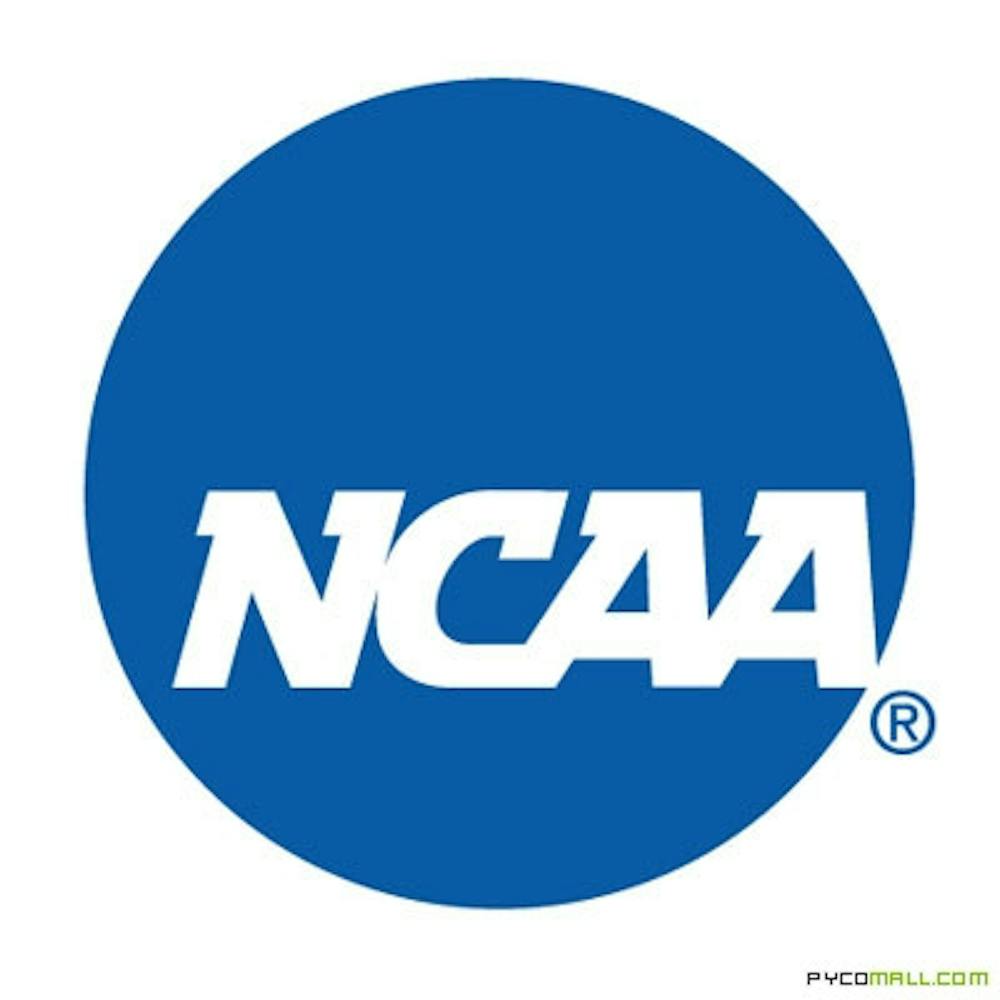Over the summer, the NCAA ruled that college athletes would receive a cost-of-attendance stipend intended to cover the costs of travel and personal necessities.
[caption id="attachment_11217" align="alignright" width="400"] Pycomall.com[/caption]
At Seton Hall, the athletic department announced that players on the men’s and women’s basketball teams would receive $2,600 annually, which will be distributed via two checks per semester.
On Wednesday morning, the NCAA came to a ruling that would limit colleges from compensating athletes other than what the athletes are already receiving with the cost-of-attendance stipends. The news was first reported by the New York Times. The ruling was handled by a three-judge panel of the United States Court of Appeals for the Ninth Circuit.
Pycomall.com[/caption]
At Seton Hall, the athletic department announced that players on the men’s and women’s basketball teams would receive $2,600 annually, which will be distributed via two checks per semester.
On Wednesday morning, the NCAA came to a ruling that would limit colleges from compensating athletes other than what the athletes are already receiving with the cost-of-attendance stipends. The news was first reported by the New York Times. The ruling was handled by a three-judge panel of the United States Court of Appeals for the Ninth Circuit.
 Pycomall.com[/caption]
At Seton Hall, the athletic department announced that players on the men’s and women’s basketball teams would receive $2,600 annually, which will be distributed via two checks per semester.
On Wednesday morning, the NCAA came to a ruling that would limit colleges from compensating athletes other than what the athletes are already receiving with the cost-of-attendance stipends. The news was first reported by the New York Times. The ruling was handled by a three-judge panel of the United States Court of Appeals for the Ninth Circuit.
Pycomall.com[/caption]
At Seton Hall, the athletic department announced that players on the men’s and women’s basketball teams would receive $2,600 annually, which will be distributed via two checks per semester.
On Wednesday morning, the NCAA came to a ruling that would limit colleges from compensating athletes other than what the athletes are already receiving with the cost-of-attendance stipends. The news was first reported by the New York Times. The ruling was handled by a three-judge panel of the United States Court of Appeals for the Ninth Circuit.
The ruling upheld a finding by a federal judge last year that the NCAA “is not above antitrust laws” and that its rules have been too restrictive in maintaining amateurism.
The judge’s proposal that the NCAA allows colleges to pay athletes $5,000 per year in deferred compensation was ultimately rejected by the panel.
NCAA president Mark Emmert issued a statement on the ruling: “We have not completely reviewed the court’s 78-page decision, but we agree with the court that the injunction ‘allowing students to be paid cash compensation of up to $5,000 per year was erroneous.’ Since Aug. 1, the NCAA has allowed member schools to provide up tothe full cost of attendance; however, we disagree that it should be mandated by the courts.”
The case, formally known as O’Bannon v. NCAA, got its name from the last name of its lead plaintiff, Ed O’Bannon, a former standout basketball player from UCLA.
In 2009, O’Bannon took the NCAA to court for using his name and image in television broadcasts and video games.
His team of lawyers argued that players should be required to sign waivers to allow the use of their likenesses and since those contracts are worth billions of dollars, players would then be entitled to a portion of the profits.
The NCAA responded to this by saying that college level athletes are still amateurs and that anything remotely close to pay-for-play would turn college
sports into something completely different that would profession- alize the players and damage the college sports’ business model.
Wednesday’s case is also seek- ing damages for past compen- sation that athletes were denied before the NCAA full cost-of-attendance model fell into place.
The ruling can give the case hope, since an alternative would have been to find that rules restricting compensation are justified under antitrust law as the NCAA stated.
“It’s very helpful in some respects,” Steve Berman, an attorney for the plaintiffs in that case, said. “Given this precedent, we might be entitled to summary judgment on the damages.”
The question, he said, would be whether or not Wednesday’s ruling prevents athletes from seeking out additional compensation compared to just cost-of-attendance stipends.
“We’re going to try to fully develop the record to establish that the conferences could compete and pay student-athletes without interfering with amateurism,” Berman said.
Olivia Mulvihill can be reached at olivia.mulvihill@student.shu. edu or on Twitter @OliviaMulvihill.
Comments





